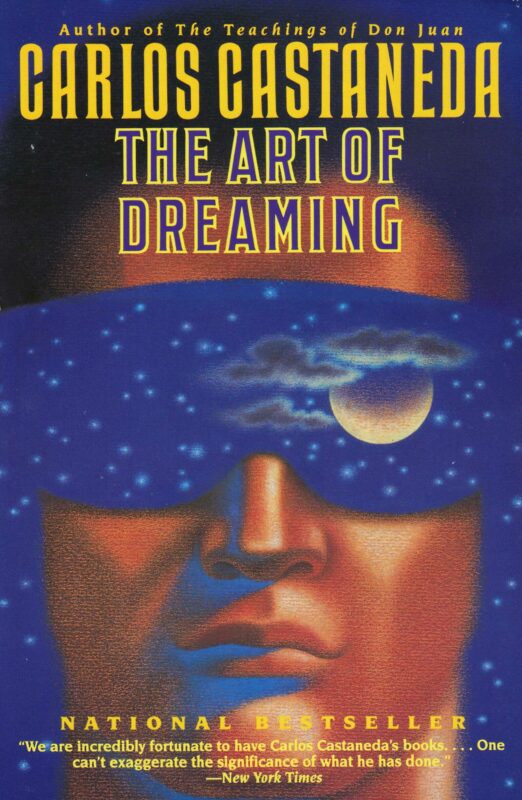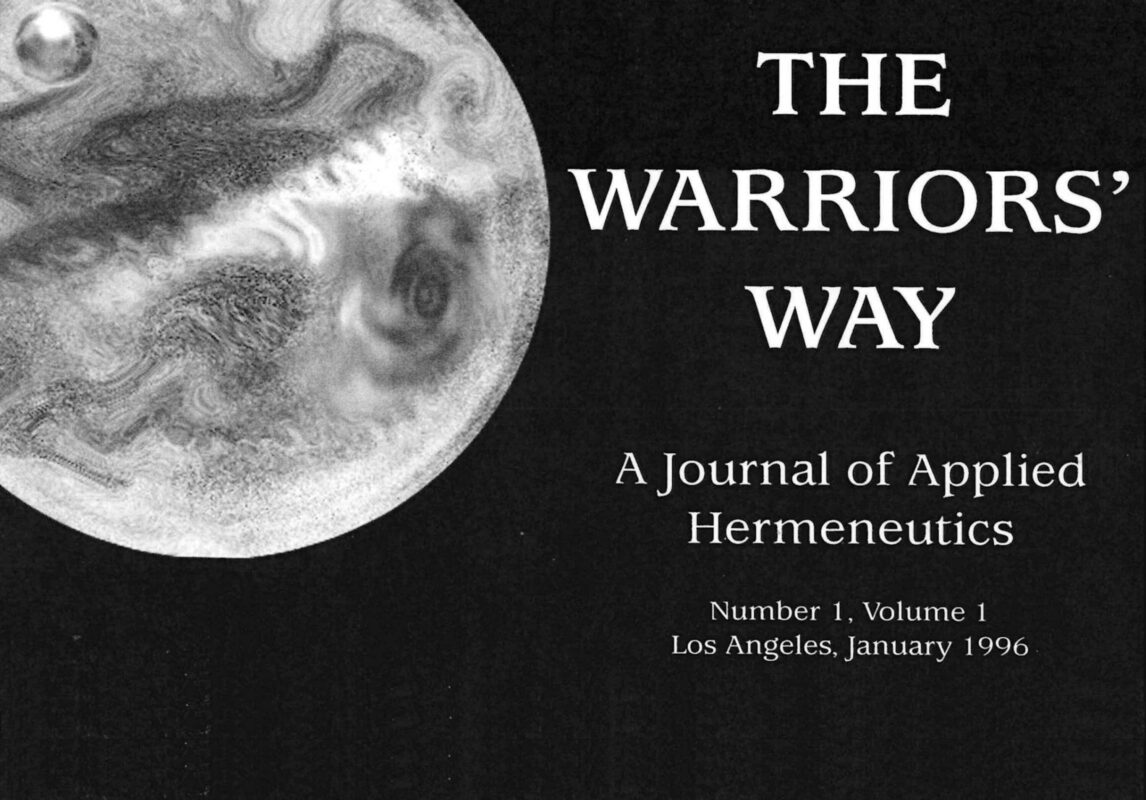Flying on the Wings of Intent – The Art of Dreaming
After a prolonged encounter with the death defier, Carlos Castaneda awakens to find his fellow apprentice, Carol Tiggs, caring for him. Disoriented and partially paralyzed, he learns from her that he is in a hotel after being found naked near the church. Carol, displaying a new lucidity, explains that they are both intending in the second attention, a gift from the death defier that allows them to dream themselves into another time. Castaneda is consumed by affection for her but is soon pulled into a vortex. He later awakens alone and discovers from a distraught don Juan that he has been missing for nine days and that the real Carol Tiggs was never there. Don Juan deduces that the death defier used her own energy and Castaneda’s to create a “dream Carol” of pure intent, and that both the real Carol and the death defier have now merged and escaped this world, flying on the “wings of intent”—an abstract gift and a fate now shared with Castaneda.
Flying on the Wings of Intent – The Art of Dreaming Read More »

